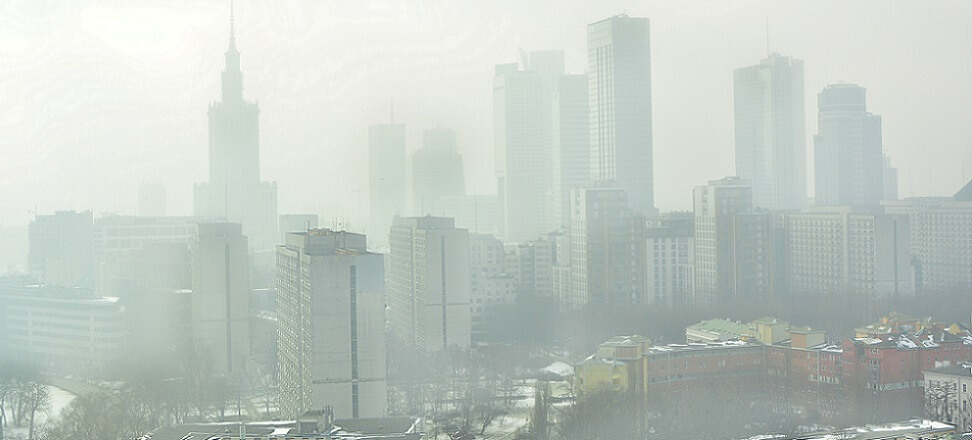In nature, nothing dies. This principle of fundamental importance to ecology (the science of interrelationships in the environment), has entered the vernacular as a bon mot. Nevertheless, it is not always remembered.
I remind myself of it whenever I read headlines of articles extolling some new form of bioremediation, along the lines of “bacteria eating arsenic,” “plant absorbing lead,” “insects eating plastic.” In fact, only the last example means that a potential solution to a problem has been found. There is a substance we want to get rid of – plastic – and there is a way to convert it into a neutral substance – proteins and other components of the insect’s body (and maybe it is even possible to feed this insect to farm animals?). In the first two cases, all that was accomplished was to reduce the mobility of the toxic substance, with its toxicity unchanged (although, of course, some compounds may be less toxic than others). The absorption of substances by organisms is only the first step. The second is to collect the bodies of these organisms and dispose of them. Keywords. Without disposal, this arsenic and lead will continue to circulate in the environment.
Of course, I am an enthusiast of biological treatment plants, especially macrophytic ones. This is not the place to point out their advantages and disadvantages, or even cases where they do not work at all, if only because they are unsuitable for climate conditions. However, if they work, all the effort will be in vain if the biomass stored in them is left where it is produced. Macrophytes will decompose and everything they have absorbed will return to circulation, at most excluding carbon dioxide, which will escape into the atmosphere. The same is true for mowing bogs overgrown with rush plants and trees. The mowed biomass should always be taken out of the bog, as the purpose of these treatments is not only to increase the availability of light for small bog plants, but also to remove excess nutrients, i.e. to oligotrophize the habitat. Unfortunately, I have also seen numerous cases advertised as reclamation, or even maintenance work, which consisted of dredging and mowing riparian vegetation, after which all the biomass was left on the shore and the biogenes flowed back into the waters.
Not only carbon dioxide and methane are released from decomposing biomass. One of the most important processes occurring in biological treatment plants is denitrification, the conversion of oxidized forms of nitrogen into molecular nitrogen, which is in gaseous form and released into the atmosphere. This process is carried out by bacteria living in the activated sludge or the rhizosphere, or rhizosphere, of the rhizosphere-root zone of macrophytes. In some macrophyte treatment plants, especially in winter, this way of purifying water from nitrates is even more important than their assimilation by plants. Well, and the nitrogen escapes on its own, not entering the biomass.
Molecular nitrogen is chemically and biologically inert (except for caeson disease, etc.). However, its oxides also circulate in the atmosphere, which are formed when substances containing this element are burned, including organic matter, including fossil fuels. When fuels are burned, molecular nitrogen is also oxidized. This makes nitrogen oxides one of the main components of smog. This is in contrast to sulfur oxides, the release of which has managed to significantly reduce compared to the situation half or even a quarter century ago. The decrease in nitrogen oxide emissions is smaller. Nitrogen oxides are anhydrides of nitric acids and, when combined with water, form acids. In the atmosphere, this creates the so-called “atmosphere”. Acid rain, but the same reaction also occurs, for example, in the water covering the body’s epithelia.
Therefore, ways to get rid of nitrogen oxides from the atmosphere are still being sought. One of them is “anti-smog sidewalks.” Nitrogen oxides are primarily a component of vehicle exhaust and their highest concentrations occur close to the roadway. They can be oxidized even more. Spontaneous reactions with atmospheric oxygen can be accelerated by catalysis. Titanium dioxide is added to the sidewalk building block, which, thanks to light energy, acts as a catalyst so that nitric oxide binds much more easily to atmospheric oxygen and a nitrate ion is formed.
According to a study conducted in the Dutch city of Hengelo, the content of nitrogen oxides over a roadway with such a component, under conditions of good sunlight and low humidity, drops by up to 45%. In practice, the average daily decline is 19% (Ballari and Brouwers, 2013). It’s always something. Of course, photocatalysis occurs on the surface of the sidewalk, so measurements are rather low. According to the Warsaw City Hall, which tested the solution in 2019. At Daszyńskiego traffic circle, at a height of 50 cm, its yield was almost 30%.
Since then, the popularity of anti-smog sidewalks (which of course only capture nitrogen oxides, ignoring all other smog components) has been growing. With their description comes the conclusion “harmful nitrogen oxides are transformed into harmless compounds and run off with the rain into the sewage system.” And this is where an ecohydrologist should remind us that nothing dies in nature. Anti-smog activists may rejoice, but readers of “Water Issues” have probably already figured out what “harmless nitrate ions flowing down the drain” means.
Data are from the publication: M.M. Ballari, H.J.H.Brouwers (2013) Full scale demonstration of air-purifying pavement Journal of Hazardous Materials (254-255): 406-414

 Polski
Polski






